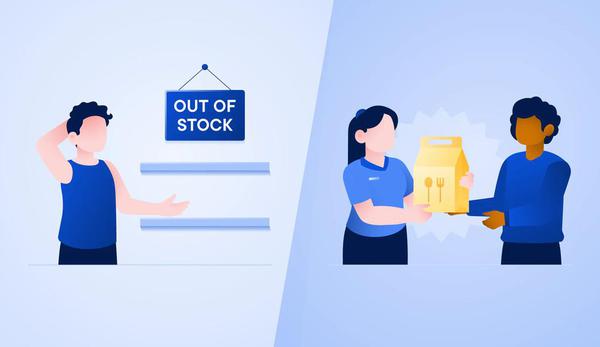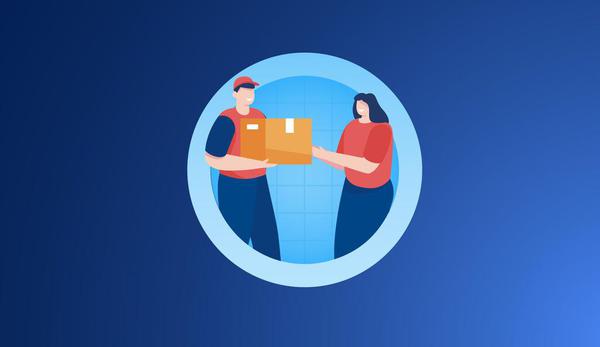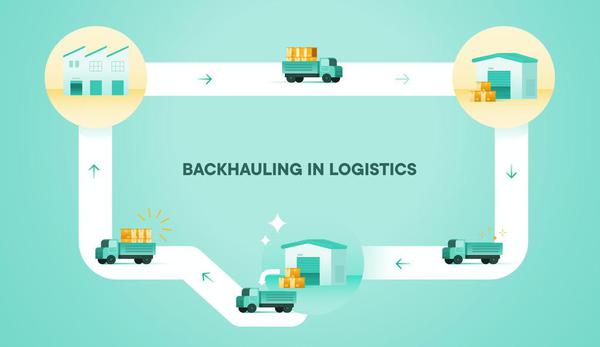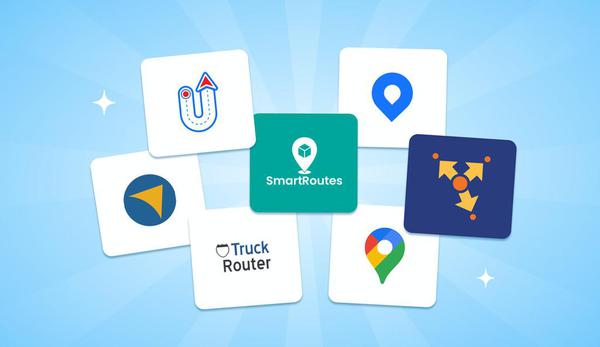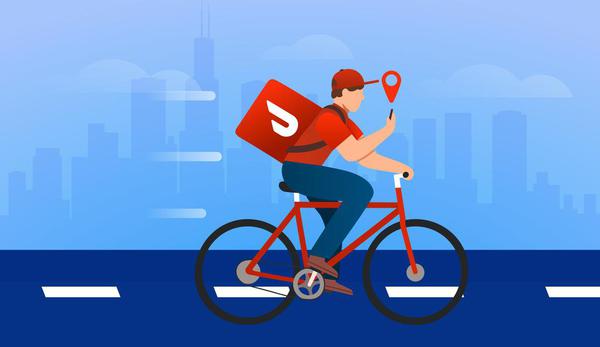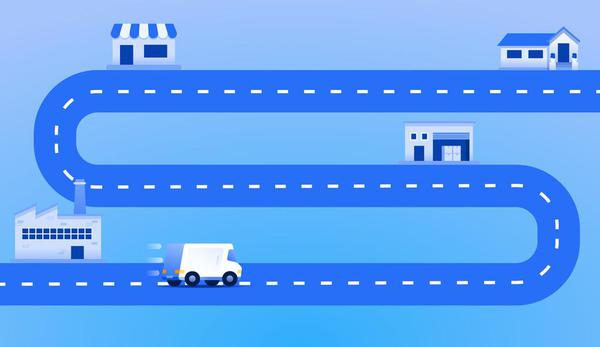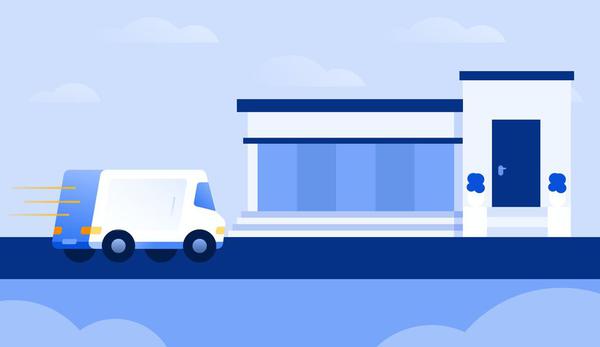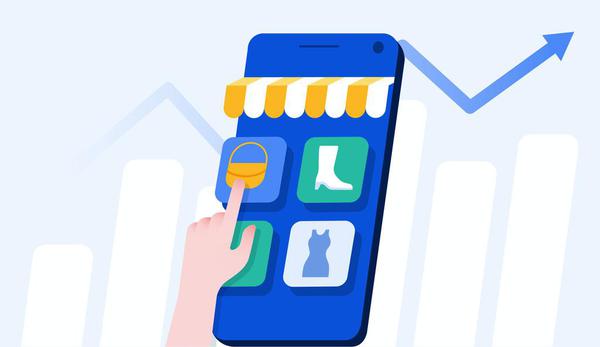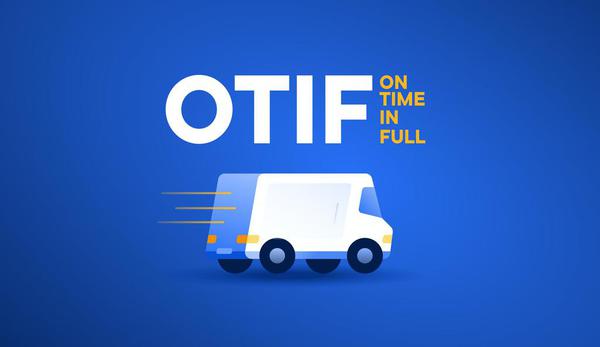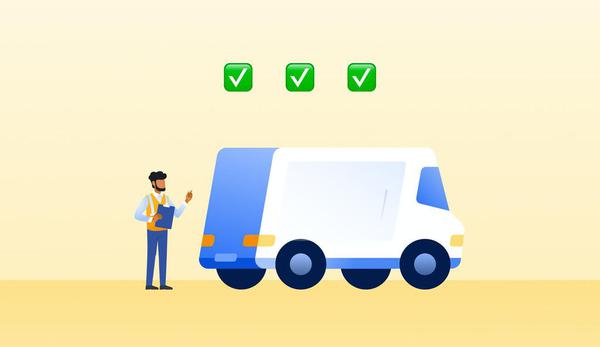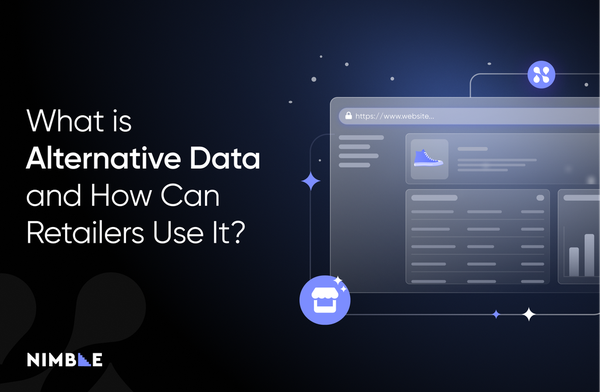
Discover sample articles tailored for SaaS companies. These examples show how well-structured, optimized content can improve visibility, generate leads, and build customer trust in competitive markets.
Software-as-a-Service companies face a crowded market where differentiation is critical. My SaaS SEO content services are designed to showcase your platform’s unique value while driving qualified leads through organic search. From product feature pages and comparison guides to thought leadership blogs and case studies, I create content that educates prospects, highlights solutions to their pain points, and positions your brand as a leader in its niche. By optimizing for industry-specific and intent-driven keywords, I help your SaaS product gain visibility in both traditional search and AI-driven results.
With SaaS, customers don’t just buy features; they buy trust. That’s why I focus on creating SEO content that not only ranks but also builds authority and credibility. Whether your goal is increasing free trial sign-ups, demo requests, or enterprise adoption, I craft content that speaks directly to decision-makers while addressing technical and business concerns. By combining SEO best practices with persuasive storytelling, your SaaS company can cut through the noise and connect with the right audience at the right time.
Discover sample articles tailored for SaaS companies. These examples show how well-structured, optimized content can improve visibility, generate leads, and build customer trust in competitive markets.
 Filters & Sorting
Filters & Sorting


